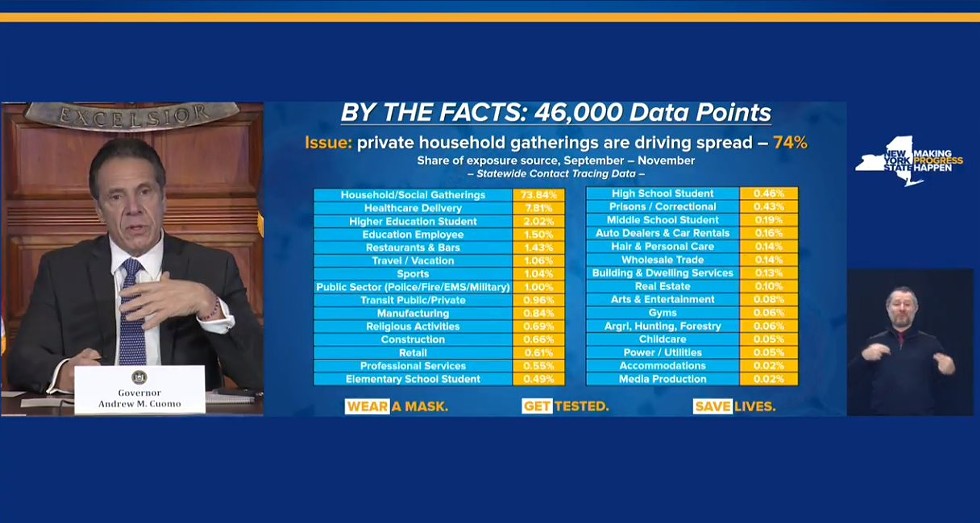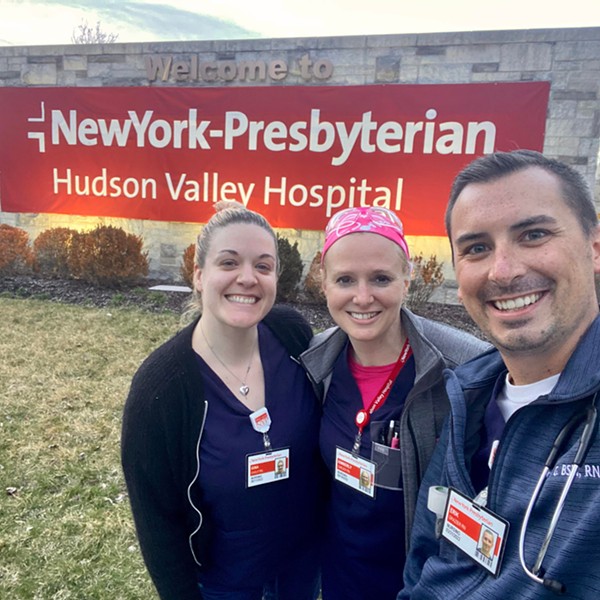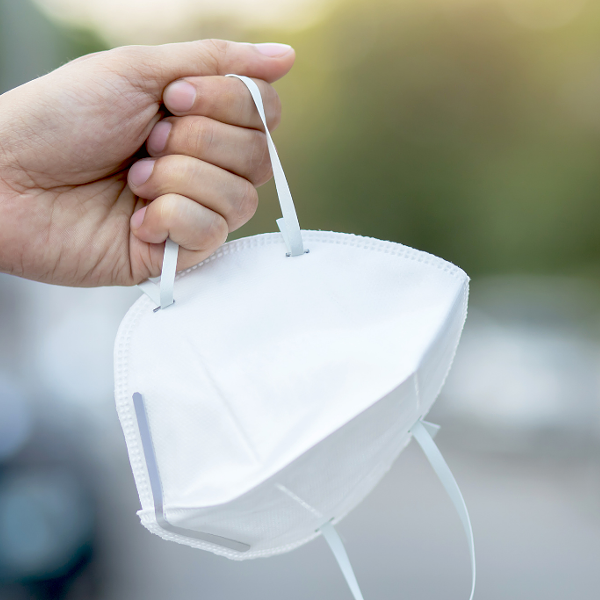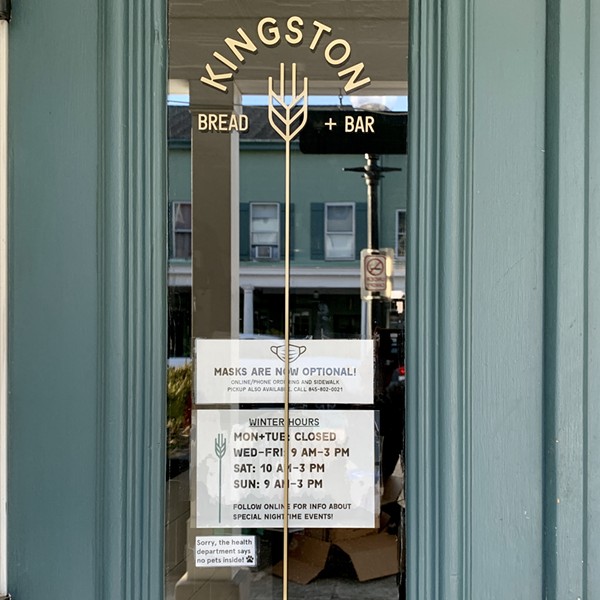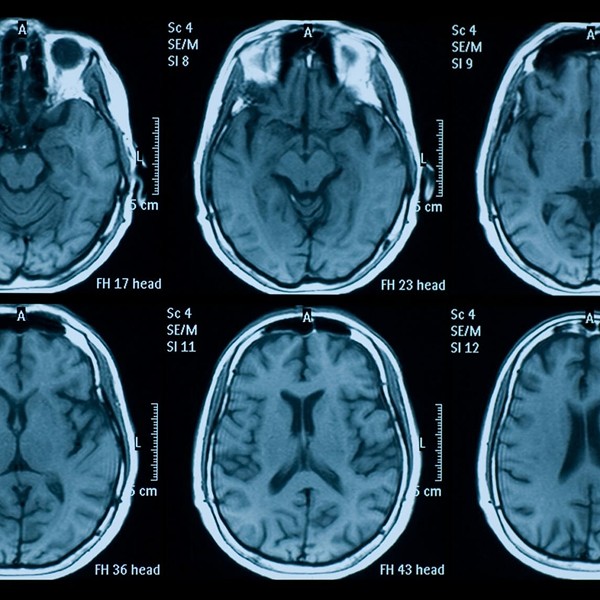This is a roundup of coronavirus news and announcements from New York State and Hudson Valley and Catskills counties for Thursday, December 10 and Friday, December 11. Published in collaboration with The Other Hudson Valley.
NEW YORK STATE
10,595 new cases yesterday
212,672 tests yesterday
Positive test rate: 4.98%
89 deaths yesterday
5,321 hospitalizations
1,007 ICU admissions
New York State coronavirus page
New York State official pressroom
Hotline: (888) 364-3065
The governor finally put his data where his mouth is: In a Friday briefing, Governor Andrew Cuomo put up a PowerPoint slide with data from contact tracing that shows where most of the known case spread has been coming from this fall. The biggest setting for transmission, by far, is indeed “living room spread”: 73.84 percent of traced cases were attributed to “household/social gatherings,” meaning that people either caught COVID-19 from someone living in their household or from an informal social gathering. The next largest transmission setting was “healthcare delivery,” accounting for 7.81 percent of traced cases.
Does that mean 74 percent of COVID-19 cases are caught in living rooms? Not so fast: The data on transmission settings accounts for only about 46,000 of more than 210,000 cases reported in New York State between September and November. The sobering fact is, most cases in New York State cannot be traced to a known source at all, and we don’t know much about where transmission is happening in those cases. It’s possible that the reason household and small gathering spread is accounting for most of the known cases is that these are the settings where transmission is easiest to trace.
The state isn’t releasing data on how many cases are untraceable, but some counties are. In a recent county briefing, the Times Union’s Bethany Bump reports, Albany County health director Elizabeth Whalen said that there are three main reasons cases can’t be traced: “1. People follow precautions and really don’t know how they got it; 2. People had so many contacts/interactions while unmasked, they can’t say for sure which one was the culprit; 3. People lie.”
Late on Friday evening, the Food and Drug Administration formally issued an emergency use authorization for Pfizer’s vaccine, clearing the way for an initial shipment of nearly 3 million doses to be distributed to hubs around the country. New York State’s independent vaccine review panel had already met and voted in support of FDA authorization, Cuomo said Friday afternoon. “Dr. Zucker met with the New York State panel yesterday, last night, and the New York State clinical advisory task force has approved unanimously the FDA decision to go forward with the vaccine, so that's good news, and we notified the FDA of that,” Cuomo said. “Obviously there was no delay whatsoever in the timing, and New Yorkers will have more confidence.”
In addition to enough of the Pfizer vaccine for 170,000 New Yorkers, announced in a briefing earlier this week, the state will receive enough of the Moderna vaccine to vaccinate 346,000 people by December 21, Cuomo said. Both the Pfizer and Moderna vaccines are given in two doses, several weeks apart, so the shipments include twice as many doses as the number of people initially receiving the vaccine.
Indoor dining will be shut down in New York City as of Monday, Cuomo announced—an expected move by state officials, as hospitalizations have continued to rise over the past week. Outside of New York City, where indoor dining is already capped at 50 percent capacity, Cuomo has said he will move to lower capacity to 25 percent if hospitalization rates keep rising, but so far, he has not acted. “The numbers are down in the chart, but we’re going to watch over this weekend, and we’ll make any adjustments next week if the data suggests,” he said.
Restaurants across the state are struggling to stay afloat, with business down both because of state restrictions and customers avoiding risky activities. On Friday, a reporter asked Cuomo if New York State would help. “Is there any state bailout or anything you can do to prevent the loss of many of these restaurants?” NBC 4’s Andrew Siff asked. Cuomo said that subsidies for bars and restaurants should be included in a federal relief bill. “If we are in a situation in this state to provide business relief, and we have any funds and resources that would allow us to do that, I would be 100 percent supportive of it and I’ve advocated for it,” he said.
The state did announce the second phase of an initiative to support restaurants and the food service industry during the pandemic. Beginning Friday and extending through April 2021, e-commerce company Ritual will offer its commission-free digital ordering platform to New York restaurants and food service businesses at no cost, for pickup and delivery. And PayPal has committed $1 million towards discounted purchases for customers of participating businesses in February 2021, at no expense to the businesses.
Gyms, barbershops, and hair salons got a reprieve from the state on Friday, as contact tracing showed less transmission in those settings than is coming from indoor dining. Cuomo said they will now be allowed to stay open in orange zones, with reduced capacity and increased testing. “They’re at 33 percent now capacity. We’ll go to 25 percent. They do biweekly testing—it would be weekly testing, but they can operate in an orange zone,” he said.
In neighboring Pennsylvania, Governor Tom Wolf announced the shutdown of both indoor dining and gyms across the state on Thursday. Wolf tested positive for COVID-19 on Tuesday.
Cuomo’s office released new criteria for the creation of “microcluster focus zones” on Friday, and they’re even more vague and opaque than the old criteria. Zones will be drawn using a mix of hospitalization data for the state’s 10 regions and positivity rate data from “geographic areas” that the state does not specify. Under the old guidelines, state officials had strict numerical thresholds for zone creation but had wide discretion to draw zone maps however they saw fit; under the new criteria, there appears to be room for state judgment calls on both numerical thresholds and zone borders. Apparently abandoned in the new method: A four-tiered system that imposed different positivity rate thresholds on urban and rural areas in creating zones. Here are the new criteria:
- Red zone: “A red zone will be implemented in a region where hospital capacity is within 21 days of reaching 90 percent, even after the cancellation of elective procedures and a 50 percent increase in bed capacity in hospitals in the region.”
- Orange zone: “A geographic area will be eligible to enter an Orange Zone if it has a 4 percent positivity rate (7-day average) over the last 10 days and it is located in a region that has reached 85 percent hospital capacity. Alternatively, a geographic area may also become an Orange Zone if the State Department of Health determines the area or region's rate of hospital admissions is unacceptably high and a zone designation is appropriate to control the rate of growth.”
- Yellow zone: “A geographic area will be eligible to enter a Yellow Zone if it has a 3 percent positivity rate (7-day average) over the past 10 days and is in the top 10 percent in the state for hospital admissions per capita over the past week and is experiencing week-over-week growth in daily admissions.”
No changes have been made to any of New York State’s microcluster focus zones since before Thanksgiving. In Friday’s briefing, Cuomo said that state focus zones would be updated on Monday. In the meantime, maps of the state’s current focus zones and information on the restrictions that apply to the different zones can be found on the NY Forward website.
A statewide moratorium on commercial evictions that is slated to end soon will be extended, Cuomo said Friday, although the governor did not give further details.
Apparently unable to resist taking one more potshot at his own scientific agencies, President Donald Trump reportedly told FDA chief Stephen Hahn to issue an emergency use authorization for the Pfizer vaccine by Friday or be prepared to resign.
In other important FDA COVID-19 news, the agency has issued an emergency use authorization for the first over-the-counter home test available in the US without a prescription. The test, Pixel by North Carolina-based LabCorp, can be billed to insurance, or to public funding for the uninsured. Another home test by Lucira was authorized in November, but is only available by prescription.
Whither another round of coronavirus stimulus funding? Earlier this week, Treasury Secretary Steve Mnuchin proposed a $916 billion package that would include a new round of $600 direct payments, but not include an extension of the $300 weekly unemployment insurance. The $908 billion bipartisan bill that emerged last week from the Senate has unemployment insurance, but no checks to Americans. Democrats seem unlikely to take up the White House’s offer, but over the past couple of days, there seems to be increased momentum for including direct payments in whatever package is ultimately passed. Senators Bernie Sanders and Josh Hawley have cosponsored an amendment that would send $1,200 checks to all Americans. On Thursday, the two senators—an octogenarian democratic socialist from Vermont and a 40-year-old Republican lawyer from Missouri, respectively—yielded the floor back and forth to each other, slamming their colleagues for not prioritizing working people and demanding an up-or-down vote on the measure before lawmakers adjourn for the year on December 18.
New York’s federal representatives are begging for money for the state, amid a chorus of pleas for help from local governments, residents, and business owners. Senator Kirsten Gillibrand is pounding the pavement for federal hospital funding, and Congressman Antonio Delgado is pushing for a compromise on a federal stimulus bill. In Friday’s briefing, Governor Cuomo was joined by five Congressional representatives from across the country, who appeared via Zoom to talk up the need for federal funding.
LOWER HUDSON VALLEY
County coronavirus pages: Rockland, Westchester, Putnam
The Rockland County Department of Health announced an additional date in its testing regimen of schools within the county’s yellow zone. The testing, along with a cloth facemask giveaway, will continue this Monday from 11am to 2pm at the Palisades Center Mall Garage Entrance West (the ramp entrance next to Best Buy). The site is accessible by car or foot, and open to any student, faculty, or staff member from any of the schools within Rockland’s yellow zone. Residents are encouraged to fill out a registration form before arriving. Schools within the yellow zone must test at least 20 percent of their student body, faculty, and staff, and show a positivity rate below the zone’s overall seven-day average in order to continue in-person instruction.
Rockland County added 10 total hospitalizations to its COVID metrics dashboard on Thursday, bringing the current number of patients in hospital to 406. Of those patients, 73 are confirmed COVID-positive. A little more than 25 percent of the county’s total hospital beds remain open, and 77 percent of its ICU beds. One-hundred and seventy-five people tested positive for the virus on Wednesday, at 6.1 percent test positivity.
Rockland County is also looking for volunteers to help distribute food to food pantries and programs throughout the county on Tuesday, December 15 from 10:30am to 1pm. If you’re interested in helping out, email [email protected].
New Rochelle Mayor Noam Bramson joined Westchester County Executive George Latimer at his Thursday COVID-19 briefing. Cases are skyrocketing in the county’s second-largest city, which was one of the early hotspots of the pandemic. “Given our prior experience in the spotlight, it is especially discouraging to find ourselves backsliding,” Bramson said. The mayor noted that the city will ramp up its public health messaging next week.
As for the county as a whole, Latimer said that there were 359 hospitalizations as of Tuesday, up from 50 on Election Day. With some 3,000 hospital beds in the county, “at this point we are not at the point of taxing what our hospital system can provide.” The county reported 611 additional positive cases for Thursday, with 5.9 percent test positivity.
Putnam County has not provided updated numbers since December 3. The county has issued three press releases since Wednesday: one telling residents that the county’s positivity rate continues to dramatically increase—8.3 percent over the last week—one advising residents on best practices while awaiting test results, and one reminding people to stay at home and isolate if they do test positive.
MID-HUDSON VALLEY
County coronavirus pages: Orange, Dutchess, Ulster, Columbia
Six new COVID-19 deaths were announced by Orange County on Friday. A total of 556 people have died of COVID-19 in Orange County since the pandemic began. Four were nursing home residents, according to Orange County Executive Steve Neuhaus, though he said the situation with nursing homes in the county was “not that bad,” with residents now sickened at only four of the 17 facilities in the county. This may have been bad timing on Neuhaus’ part, or just evidence of how numbingly terrible things are, but Neuhaus made the statement a few hours after the Times-Herald Record’s Chris McKenna ran a story about one of the facilities, the county-run Valley View Nursing and Rehabilitation Center, where an outbreak has infected 92 residents and killed five since Thanksgiving. Valley View already suffered an intense outbreak in April that killed 50 residents. Valley View Commissioner Laurence LaDue blamed the second outbreak on employees unknowingly bringing the virus in with them; 50 employees have tested positive since October. Ladue said vaccines could be given to residents of Valley View as early as Dec. 21, though only one-third of employees would be receiving the shots this round.
Neuhaus also seemed to imply during his Friday briefing that some of the new microcluster zones set to be announced Monday will be in the county. “New zones will be announced Monday. I’m obviously not oblivious to this, and neither are you,” he said. “I assume—and you assume—and I’ve talked to a lot of local municipal leaders—some of those restrictions and some new zones will be announced Monday. We have a lot of cases in certain areas of the county.”
Four people incarcerated at the Ulster County Jail have tested positive for COVID-19, Sheriff Juan Figueroa announced Thursday, signaling a potential outbreak at the congregate facility, which houses 168 people. The River received a tip earlier this week that at least two people had tested positive and that the facility was on lockdown, though jail officials would not confirm that when reached by phone. Testing of the entire population was underway by Friday, with results expected late in the day. Visitation has been cut off because of the new cases, according to The Shawangunk Journal, and inmates are required to wear masks while out of their cells for the first time since the pandemic struck. Figueroa said the jail was screening the population for pre-existing medical conditions, and that a list would be given to county District Attorney Dave Clegg, who could seek a court order for their early release; 10 people were released by court order in April for this reason. Very much in the Christmas spirit, Figueroa also announced each inmate would be given a coupon for a 20-minute video call every other week while visitation was suspended.
Ulster County Executive Pat Ryan said in his Thursday briefing that the county health department and CVS pharmacies would be in charge of distributing vaccines to the county’s nursing homes.
Columbia County Health Commissioner Jack Mabb issued a curt press release reminding employers that it is against the law to retaliate against employees for reporting unknown COVID-19 cases, reporting some employees in the county had been threatened by bosses and co-workers. “The state Department of Labor would look very unfavorably upon that sort of activity,” Mabb said.
Columbia County released its weekly town-by-town breakdown of COVID-19 cases Friday. As noted by The Gossips of Rivertown, the largest numbers were found in Greenport, which had 17, followed by Kinderhook with 10, Hudson with nine, and Chatham with eight. On Tuesday, 22 new cases were confirmed in the county, the largest one-day total since the pandemic began.
Hudson Valley 360 contacted a litany of synagogues and churches about how they plan to deal with holiday religious services during the depths of the pandemic. Some have prerecorded services that will be available online, while others are holding outdoor services or holding numerous services throughout Christmas or Hanukkah to spread out attendance. Rabbi Chaim Drizin, who hosts programming at Temple Anshe Emeth in Hudson, said it was important to celebrate the holidays during dark times, and that not being able to gather struck at a sense of community. However, he foresaw many people worshiping together once the pandemic calms down. “People have had their value systems shaken up here,” he said. “Everything we knew about the world has been put on its head. People have been doing a lot of soul-searching the past couple months.”
Dutchess County Health Commissioner Dr. Anil Vaidian announced that Assistant Commissioner Catherine Tegtmeier will coordinate vaccine distribution in the county. There are still many unresolved details about how this will happen, such as whether the county Department of Health or local hospitals will act as the “hubs” for vaccine distribution, Vaidian said. Two more deaths from COVID-19 were announced in the county late Wednesday.
Schools in Kingston and Saugerties will be remote-only until after winter break, the districts announced Thursday. Kingston schools were set to return to a hybrid model on Monday, but 17 student and faculty cases were reported in the district’s schools Tuesday, leading to quarantines among staff who still worked in the school buildings. Eleven additional cases were announced in the district Friday. Saugerties Central School District announced Wednesday that eight students and faculty had either tested positive or were presumed to be positive after developing symptoms.
The Onteora School District in Ulster County will also be remote-only until January 15. New Paltz Middle School will be remote until after winter break because so many faculty members are quarantined.
CATSKILLS
County coronavirus pages: Sullivan, Delaware, Greene, Schoharie
The Rainbow Lodge in Walton alerted residents of a positive case among its staff via Facebook on Thursday. Anyone who was at the restaurant anytime between Thursday, December 3 and Sunday, December 6 may have been at risk of exposure and should monitor for symptoms. The restaurant will be closed until Thursday, December 17.
A patron of Colosseo Family Restaurant & Pizzeria in Monticello tested positive for COVID-19 after dining at the restaurant on December 4, the Sullivan County health department announced Friday. The diner was in the pizzeria from approximately 3pm to 4:15pm.
Sullivan County passed its budget on Thursday, with just one legislator, Joe Perrello, voting no. “It’s been a tough year, and this was a tough budget to put together,” said legislative chair Robert Doherty in a statement. Ya think?
Schoharie County health director Amy Gildemeister wrote in a Facebook post on Wednesday that the county currently has 49 active cases, and the positivity rate on Tuesday was 11.8 percent. “As you make plans for the holidays, please do so with only the people who live in the same place that you do. Frankly, bringing family that you don’t live with together, even if it is kept to the current 10 person limit for private gatherings, is a bad idea.” On Friday, Gildemeister told The River that the active case count in the county is now up to 55.
On-the-ground local reporting and analysis has never been more important, and that’s what The River aims to provide. But we need your help to continue the work we’re doing. Will you support our journalism today?
OF INTEREST?
The River published an op-ed today by Kingston writer Will Solomon that shines a critical light on the role played by Governor Cuomo—and the celebrity he has attained—throughout the pandemic. Read it here.
The River is collaborating with WGXC to announce these updates over the air. To listen, tune in to 90.7 FM at midnight, 5am, 7am, or 9am, or visit the audio archive online.
La Voz, una revista de cultura y noticias del Valle de Hudson en español, está traduciendo estos resúmenes y co-publicandolos en su página web. Leyendo aqui. También puede escuchar actualizaciones diarias por audio en el show “La Voz con Mariel Fiori” en Radio Kingston.
To read more of our coronavirus coverage, visit our coronavirus page.







